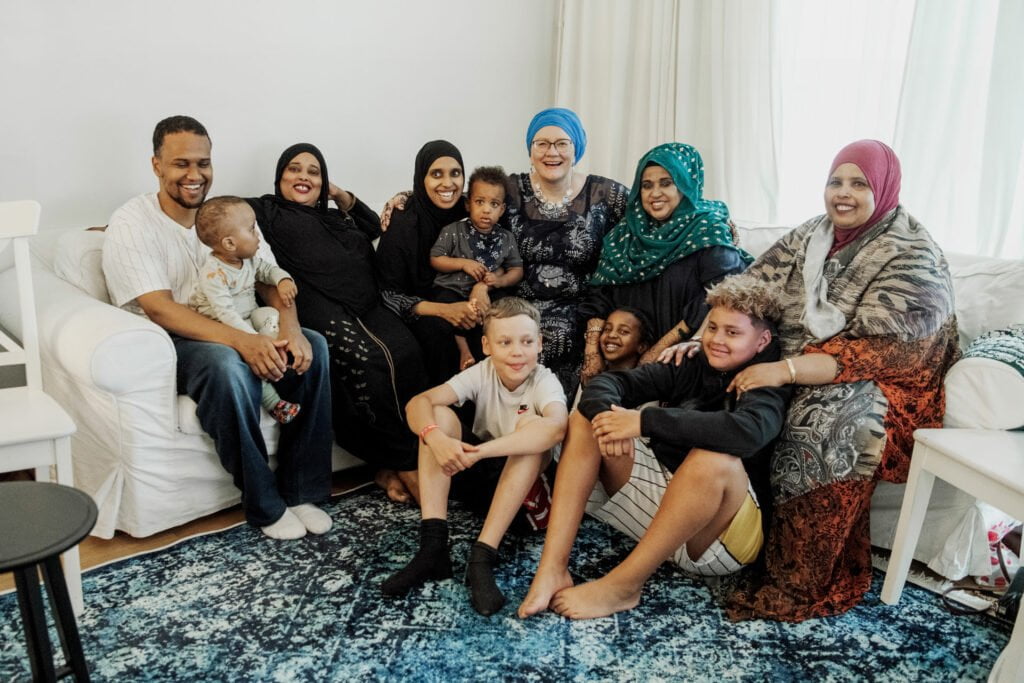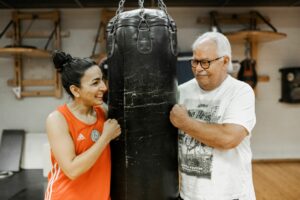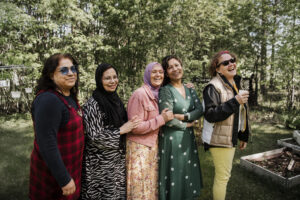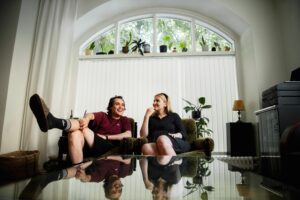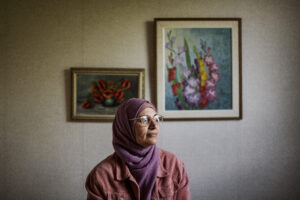“The Somali concept of family? Your family is a community that includes all your relatives: grandparents, cousins, second cousins, even your neighbours and acquaintances!”
This description was given by Tuula Mohamud, who has been part of a Finnish-Somali family for three decades now. Tuula knows what she is talking about: while spending the afternoon in her home in East Helsinki, we too feel part of this community.
The living room is filled with cheerful music and a lovely scent of food. Tuula’s sister-in-law, Hawa Hussein, is sitting on the sofa in a gorgeous green dress with beautiful henna designs on her hands. The two women met for the first time 13 years ago when Tuula and her late husband Biyonde visited Hawa’s family in Lahti.
“They had tables laden with food, we were presented with gifts and given the master bedroom. I remember thinking gosh, we cannot take his sister’s bed, but they would not have it any other way,” Tuula says and laughingly looks at her smiling sister-in-law.
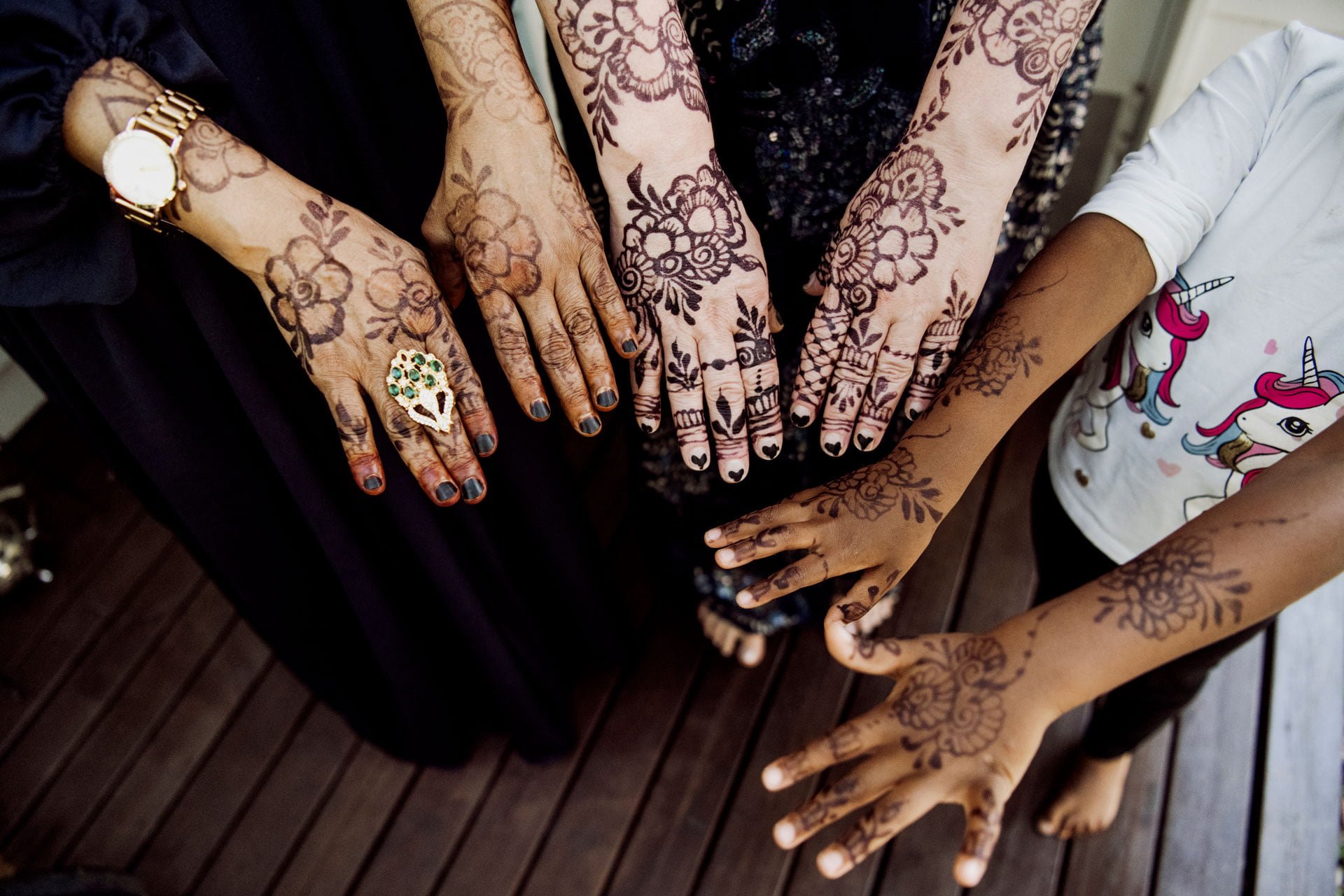
Hawa’s family moved to Finland in the 1990s: Biyonde was able to bring her sister’s three eldest children to safety in 1994, and the rest of the family arrived a couple of years later. Hawa’s children visited their uncle in Helsinki every weekend, and over the years, some of them moved to the Helsinki Metropolitan Area to work and study. Following a lengthy persuasion, Hawa also agreed to move to Helsinki to be close to the rest of her family.
Precious years surrounded by an extensive network
Tuula and Biyonde first met years ago through mutual friends, but they were both married to other people. Several years later, after they had both divorced, they crossed paths again, and fell in love over the telephone. Tuula and Biyonde decided to get married.
“I got to spend twelve wonderful years with him. We had a beautiful big family together: my three children from my first marriage, Biyonde’s two children from his previous relationship and our child together Elias.”
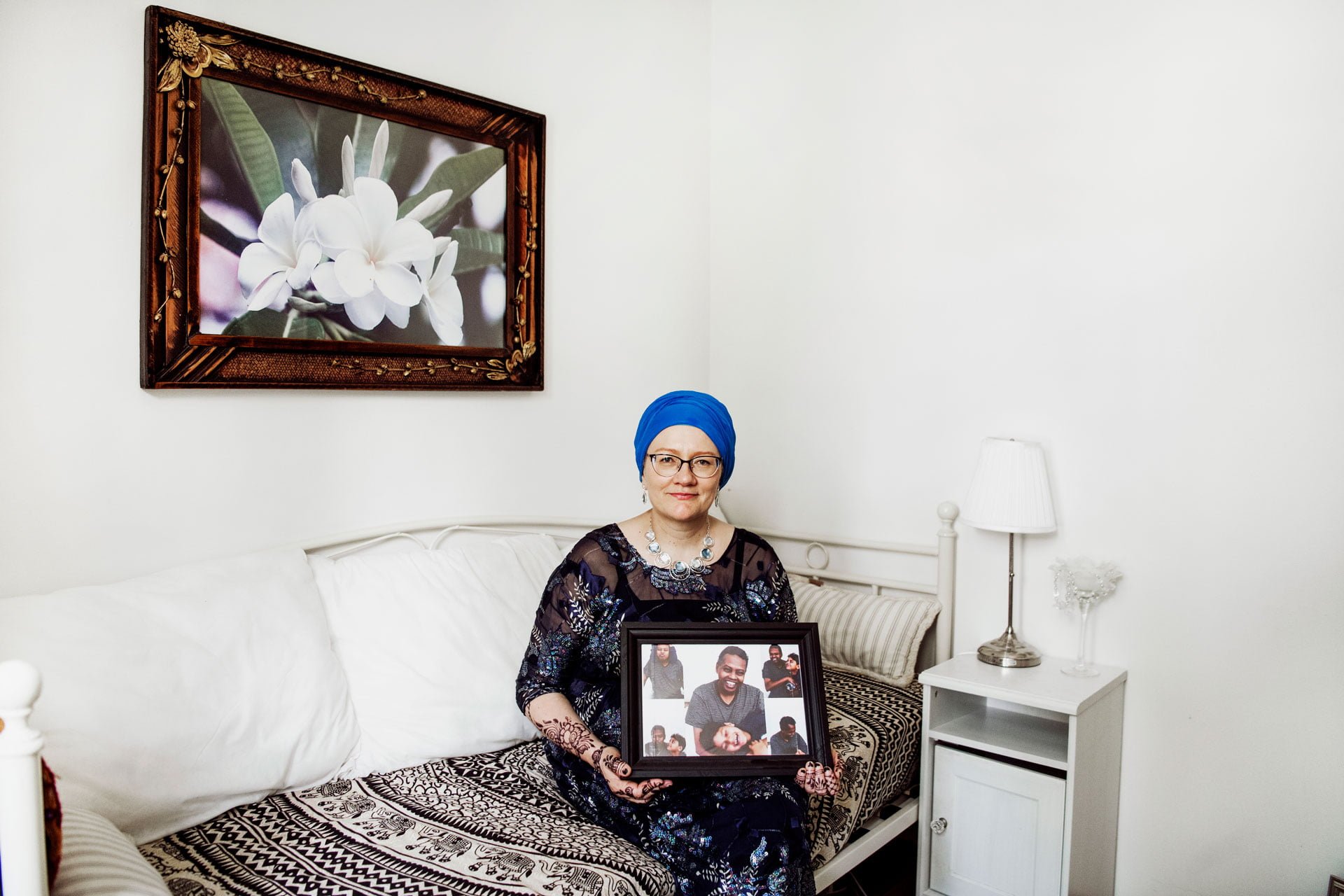
In autumn 2020, Biyonde fell ill with COVID-19, and Tuula started looking for a house for her family where he could recuperate after being released from the hospital. However, at the end of October, Biyonde passed away. On the day that Tuula lost her husband, she also learned that she was now the owner of a house in East Helsinki.
“Biyonde was a loving man with a great sense of humour, a father and a friend who was always ready to help others. He left us an incredible legacy, a network that is absolutely priceless. Whether it’s about getting a haircut for my son Elias or my car breaking down, I know I can just pick up the phone and someone will soon be at my door. Also the fact that hundreds of people from all over the world came to his funeral speaks for his character,” Tuula says with affection.

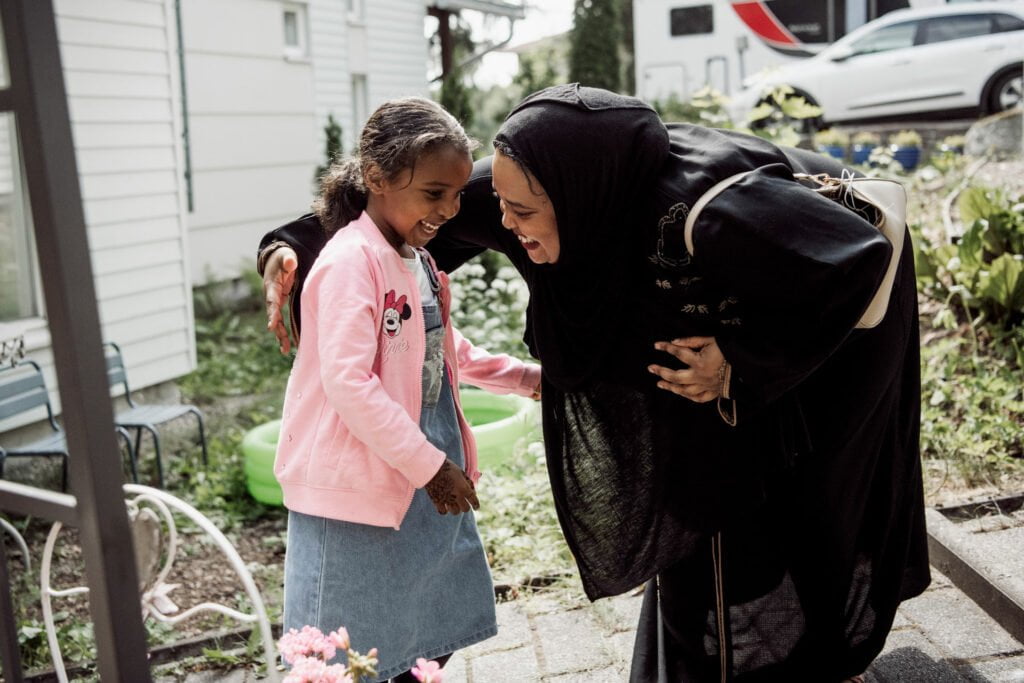
Although things did not work out as the family had planned, life went on – and the house is now a central gathering place for their extended Finnish-Somali family. The words spoken to Tuula by the family patriarch Ahmed Guure on the day of her husband’s funeral brought her hope and continuity for the future.
“I was dropping him off at the airport, when he took my hands, looked me in the eye and said: ‘Tuula, even if you one day decide to remarry, you will always be part of this family’. I could not comprehend it at the time, and did not want to hear any of it as I had just lost my other half, but now that I have moved on with my life, I know that what he said was true. A family is not about blood or legal ties; it’s not just my own grandchildren but also the other children in family that call me grandma.”
Definition of a family
Tuula’s son Elias and a friend of his from school Jere join us downstairs. The fifth grader runs to the kitchen for some food and calls out to his mother: “Can we go back to Turkey?” Three families have just had a nice holiday there together.
Tuula invites us to join them in the kitchen to explore the dishes that fill the kitchen counters. She and Hawa tell us about the traditional Somali dishes: among other things, they are serving potatoes that have been dyed green and yellow, spinach sauce, green chili, basbas rice, chicken and salmon, as well as plantain, which is used similarly to bread. After the meal, they serve us Somali tea, which is usually seasoned with cinnamon, cardamom and ginger and accompanied by healthy dose of milk and sugar. At least four kinds of sweet treats are served with the tea. According to Tuula, this is not nearly enough; Somali tables should be positively groaning with food when someone comes to visit: it is a sign of appreciation and gratitude for the visit.
The front door then opens, and we are joined by another older lady Deeqa Aidid and her sister-in-law, Hawa’s daughter Hanna Ibrahim with her two children. Hanna’s sister Sahra Ibrahim and brother Yusuh Ibrahimand together with his 11-month-old baby boy also arrive during the afternoon. We only meet a fraction of the family members, as most of them are working or spending their summer holiday at the cottage. The house is full of life as people take turns to get food and the children run around playing games.
“I have often been asked who my family includes. I then start counting and usually get to twenty or thirty people before I lose the count,” Yusuf says and laughs.
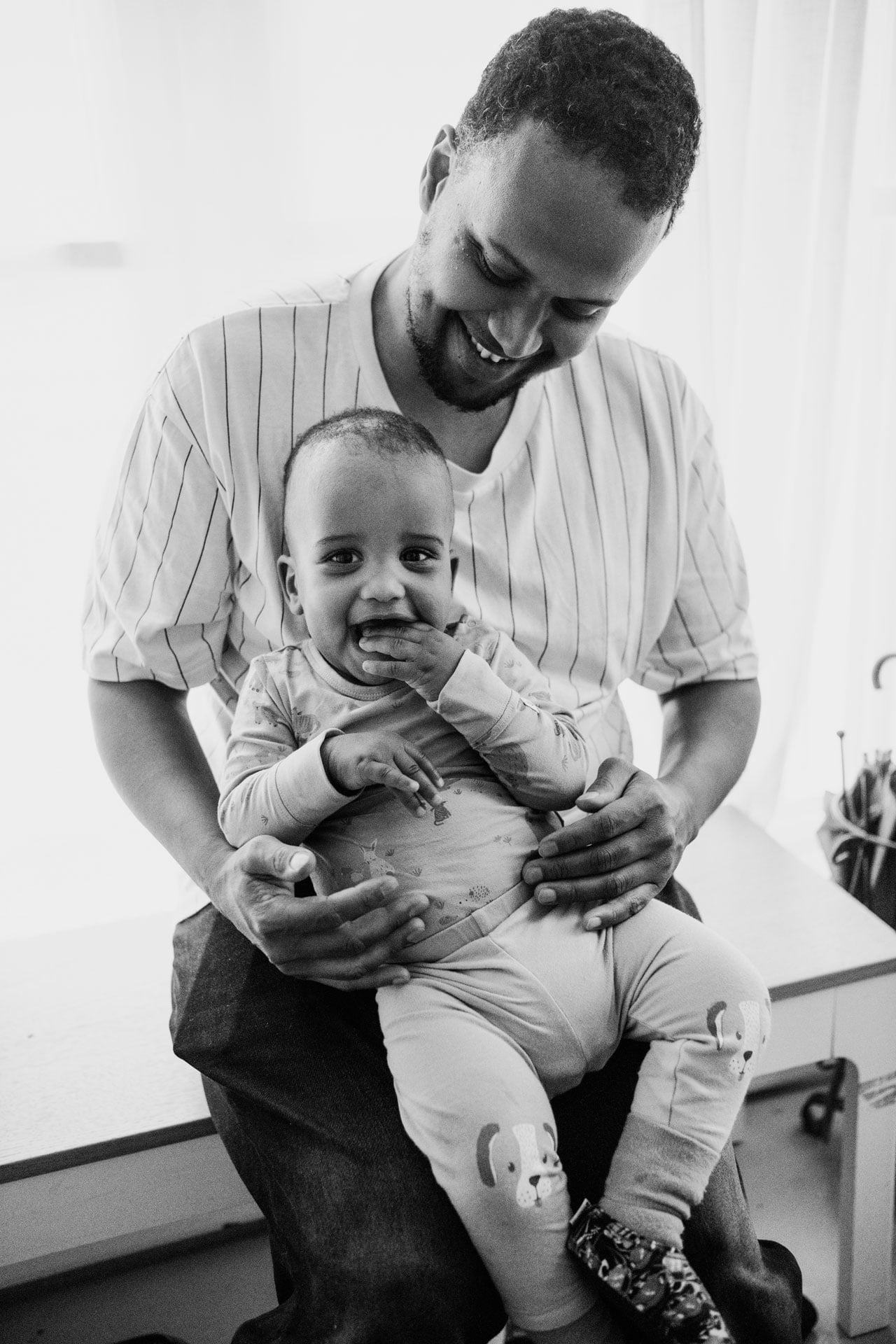
Support and security, served with laughter
After eating, someone puts on rhythmic music from the TV and shouts out that the dancing is about to begin. People clap their hands and Tuula dances around in her colourful dress and flowing scarf. We learn that this is a traditional Somali dance called Dhaanto. We then get to see in the TV how they dance during the women’s day, part of wedding celebrations, and one of the women rhymes listing all the members of her family. The traditional way of listing everyone by the name reflects the essence of Somali culture:
“Each and every member of the family community is important and everyone is supported, no matter what the situation. For example, if you are having disagreements with someone, and then learn that they have fallen ill or need something, you will put aside all differences and immediately go to help. Over the years, this principle helped our family settle in a new country,” Hanna says.
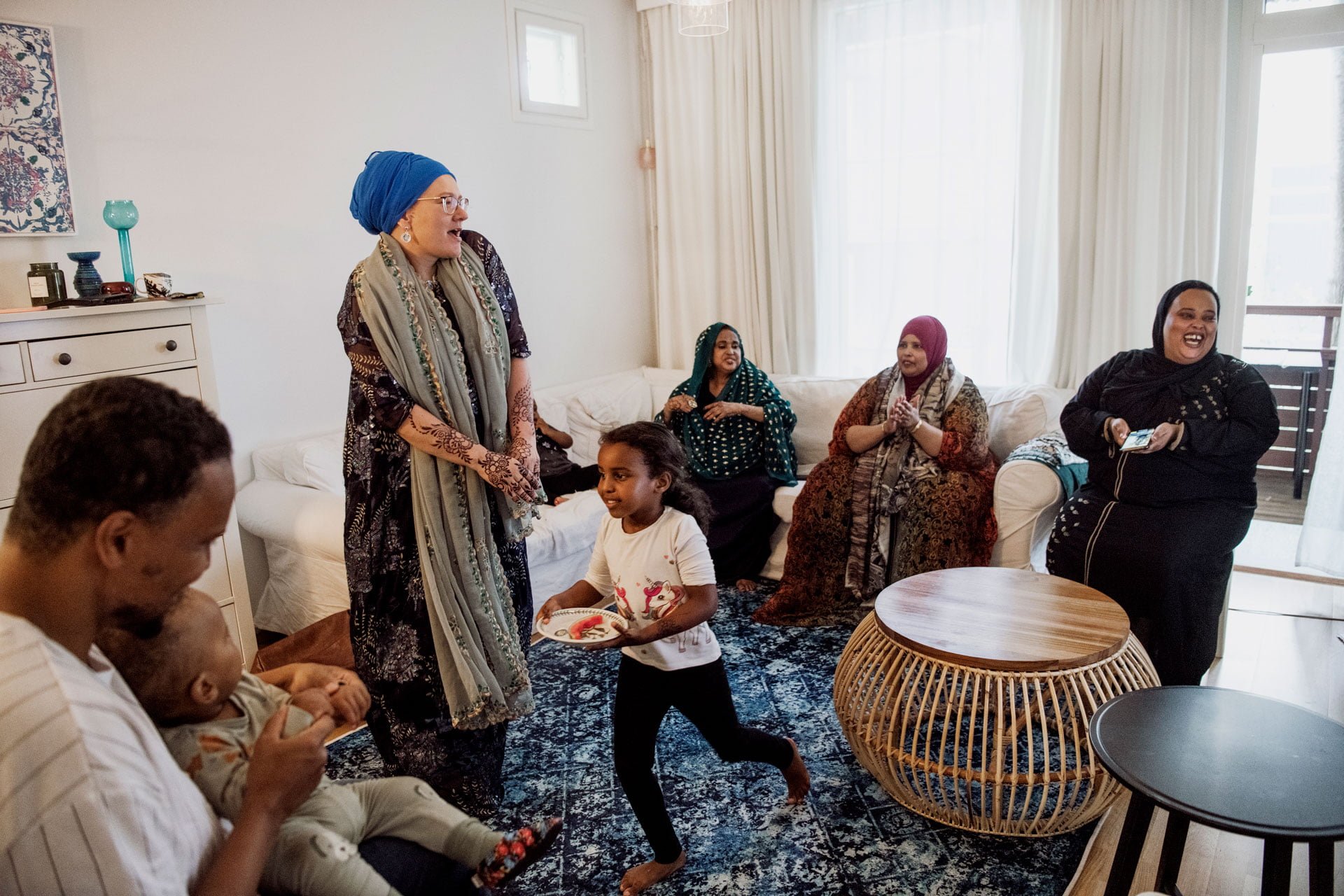
When the people present are asked what it is like to live in a multicultural, communal family in Finland, the answer is clear: it is a blessing that brings security and stability to your life in a new country. Having a diverse family helps you view life and society from a broader perspective, not just from the point of view of an individual.
“Having this kind of a family has allowed us to find a balance between the Finnish and Somali cultures. Family means being present in each other’s daily lives, sharing, doing things together, dancing and laughing,” the family members sum up.

MIGRATION FACTS ABOUT SOMALIA
At the end of 2021, there were 23 656 people living in Finland who had registered Somali as their native language.
There are an estimated two million Somalis in the world living in Somali diaspora. Kenya, Ethiopia and Yemen now have the largest number of people of Somali origin living outside the country. There are also large numbers of Somalis in the UK, the US, Sweden, and Gulf countries such as Saudi Arabia.
Over the years, people have left Somalia to seek refuge in other countries, particularly in the wake of the civil war that broke out in 1988. There has also been a high level of migration from Somalia for work, with a particularly high number of Somalis working in the Middle East. Somalia is one of the countries where living is expected to become significantly more difficult as a result of the climate crisis, causing for example famine due to unpredictable droughts.
Sources: Statistics Finland, Rift Valley Institute
The Whole Picture – stories behind immigration project addresses questions of belonging to Finnish society and the importance of interpersonal relationships for integration in a new country. The project also opens the global situation of immigration. Through a photo exhibition and an online campaign, the project asks, do we see individuals behind the immigration statistics and invites you to explore six different humane stories. The photographs and interviews have been collected during the summer and autumn of 2022.


